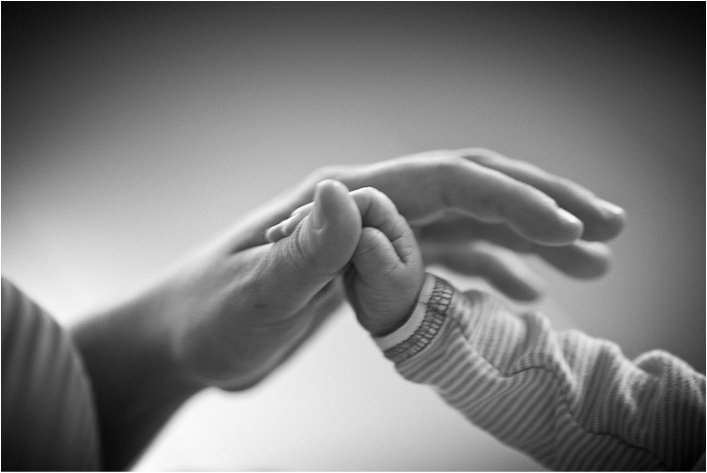
before one can attain yearned for goals as an Adult.
All therapies are ultimately oriented toward this resolution,
although not all will directly address the underlying perceptions.
The more we try to deny the traumatic past experiences, the more we trap ourselves in perpetuating our painful perceptions from our childhood.
In Adulthood, we recapture significant unresolved mind sets, such as being abused, disregarded, or disrespected as children.
Some manifestations of the feelings are verbalizing, however some avoid the feelings by talking endlessly about anything else except that which is emotionally significant,
the feelings about the Inner Child.
The possible resolution of Inner Child conflicts is for the
Adult to acknowledge and accept the experiences that were the Child's.
This means knowing that the past cannot be other than what it was.
We can change our feelings about he past, but we cannot change the events of the past.
With this awareness there comes a modicum of healing.
However, if by healing we mean creating a new childhood,
then no healing is possible --
we must let go of the past.
Breaking free and risking going through zero represents this concept:
the path to becoming an Adult.
The past is a place we used to live but do not anymore.
As Adults we must recognize that what we missed as Children we cannot replace in the present, which inevitably leaves a hole. Paradoxically, accepting that there is a hole and understanding why allows one to become whole and fulfilled.
Change would be impossible if the Childhood perception of vulnerability
as synonymous with helplessness, were true in Adulthood.
It is exactly because of the two perceptions
no longer equate that one can risk change as an Adult.
The Child who believed that helplessness and vulnerability were the same,
is now the Adult.
Vulnerability is part of being an Adult.
We do not have to be helpless any more.
Breaking Free - Kardener & Kardener
 RSS Feed
RSS Feed
